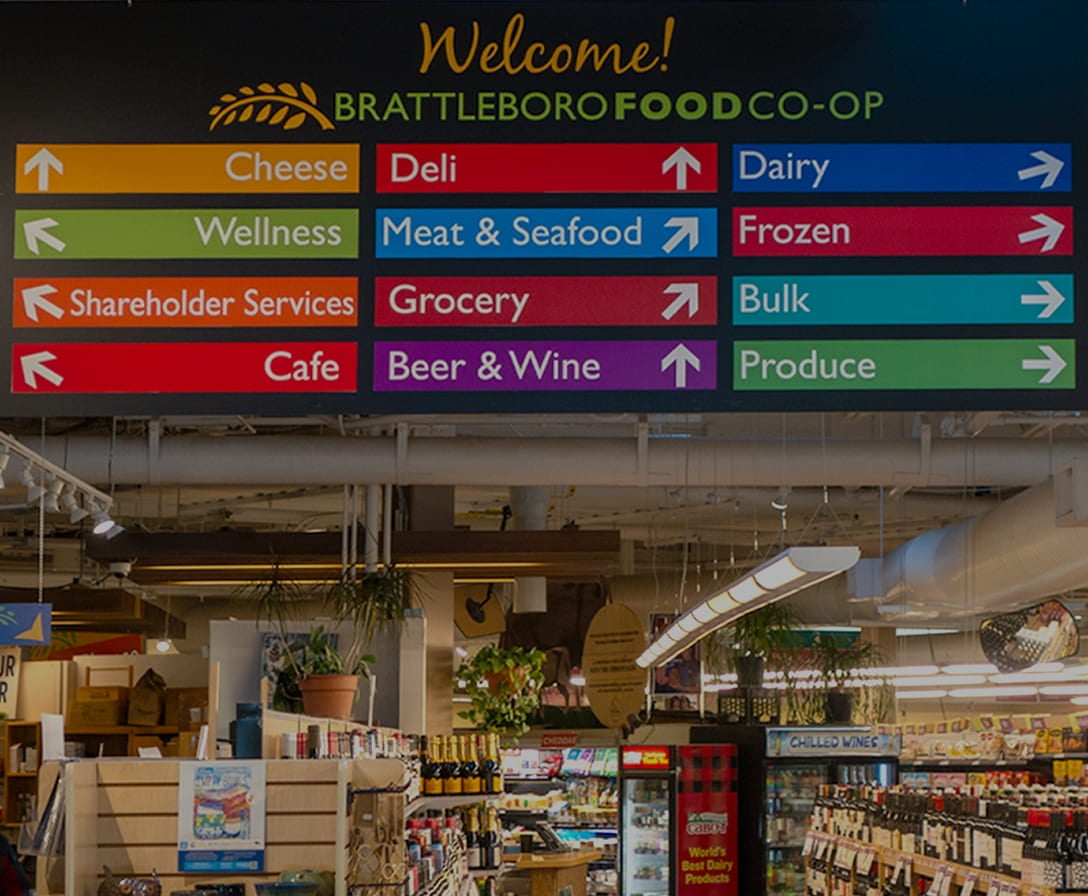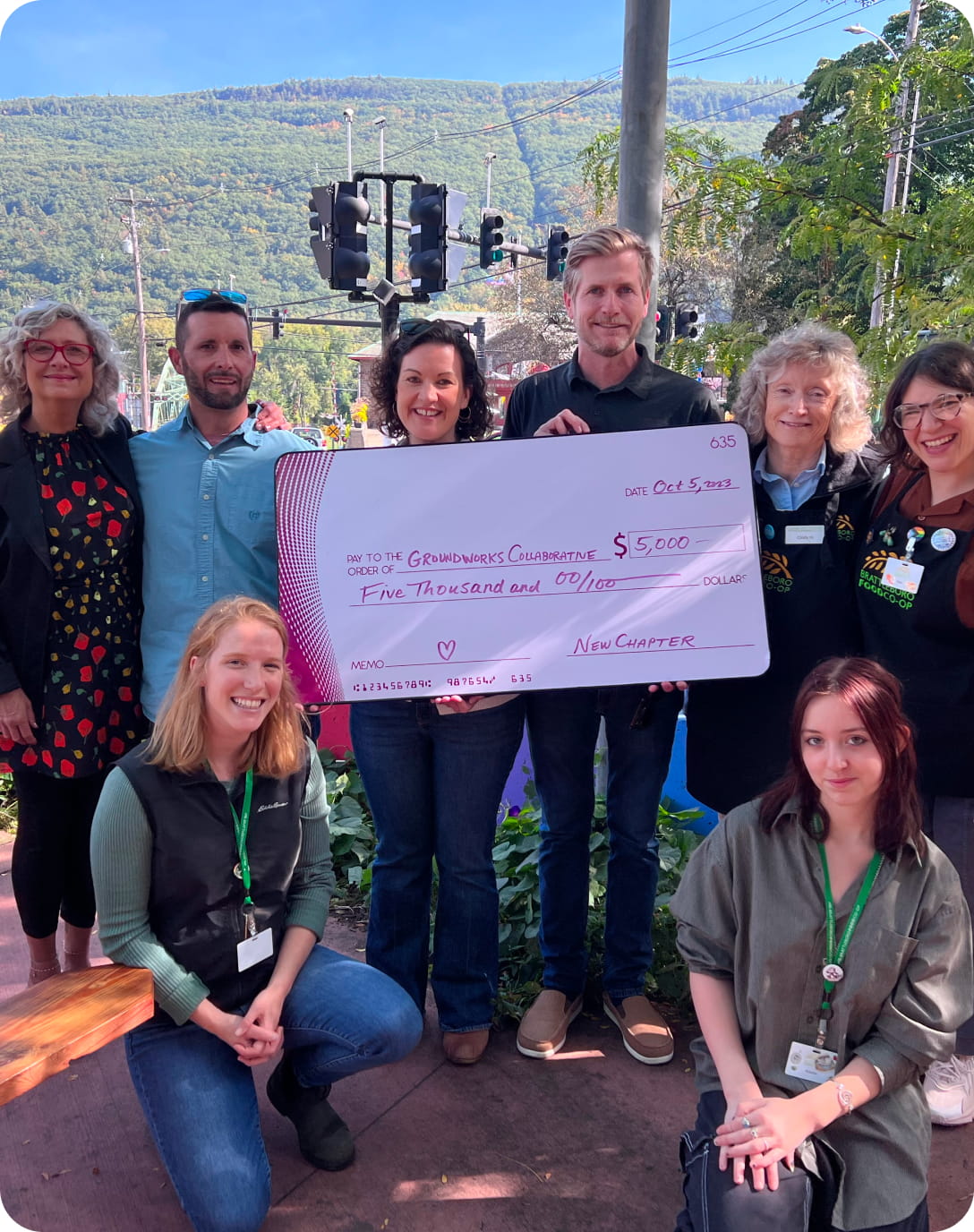Maple Syrup
At this time of year, I always welcome the earliest signs of spring: the arrival of the red winged blackbird, the sight of sap buckets on large maple trees, and the steam coming out the chimneys of sugar houses. These days sugaring is often done in a more efficient way than with traditional sap buckets. The use of reverse-osmosis machines, plastic tubing, and vacuum pump collection are common practices. Of course there is still a small number of sugarers who use the old method of hanging sap buckets, which I cherish—I love seeing them, and smelling and even tasting the sap collected in the buckets. Trudging from tree to tree through the mud or snow is a lot of work, but any method for collecting sap is a humongous job!
Maple syrup is one of the sweetest delectable treats and its unique and smooth flavor is what makes it so special. It is the oldest sweetener found on the North American continent and we have to thank the Abenaki Native Americans for introducing it to us several hundred years ago. The Abenaki cherished the sap, and they were the first ones reported to boil it down to make maple sugar. They gathered the sap in either clay or bark containers and put it into hollowed-out logs, then dropped hot rocks heated by the fire into the sap to produce syrup. It was reported that President Thomas Jefferson was so fond of maple syrup, he attempted to transplant sugar maple trees down to Virginia so he could make his own syrup, but they do not have enough days when the temperature rises above freezing followed by cold nights to produce sap. The trees survived but the sap did not.
Maple syrup and maple sugar have been referenced in historical Vermont manuscripts as being a main source of energy and food for Vermonters in times of hunger and famine. Maple syrup continued to be the major sweetener for this part of the country prior to and during the Civil War due to the high price of cane sugar and the fact that many abolitionists preferred to use local sweeteners rather than depend on a resource harvested by slaves in the South. Even during World War II sugar was rationed, so maple syrup was promoted and for many it was the main sweetener used. Due to low sugar prices now, the amount of maple syrup produced is only a small fraction of what it was back in the early 1900s, according to production records kept. Currently our little state of Vermont remains the largest producer of maple syrup in the USA, which is something to boast about!
The sugar maple tree also know as Acer saccharum is only found in the northeastern and north central part of North America, and as we know, its existence here in Vermont is threatened due to climate change. The sap from this tree is slightly sweet and has a mild maple flavor right out of the bucket. Once gathered, the sap is boiled down which takes hours. It takes A LOT of sap—about 40 gallons—to make a single gallon of syrup, and that is why maple syrup is often referred to as “liquid gold,” because it takes so much sap and energy to make the final product. At its final state it has a 66½-percent sugar concentration and its sweetness comes mainly from the sugar sucrose. It has a lower sucrose content than white refined sugar.
Maple syrup is a refined sweetener so it has little nutritional value, but contains trace amounts of amino acids and some minerals. Surprisingly, one ounce has 22 percent of the daily recommended value for manganese and 3.5 percent of the daily value recommended for zinc, which is known to improve immune functioning. USDA reports that maple syrup ranks high for its antioxidant content, something that can’t be stated about refined sugar. Research has also found that there are 54 beneficial compounds in maple syrup, some of which include minerals (calcium, manganese, potassium, and magnesium) in addition to polyphenol. In spite of these facts maple syrup should be treated like other sweeteners and used in moderation with a balance of nutritious food choices. A key thing to remember in this day and age of promoting local eating is that this sweetener is found locally, sometimes in abundance, depending on the production season, and it is not as highly processed as cane sugar nor are there as many pesticides and social issues associated with its production and harvesting. It does have an expensive price tag but its sweetening power is twice that of cane sugar. If you want to substitute it for cane sugar in any of your favorite recipes, use half the amount as you would sugar and reduce the liquid by about two to three tablespoons.
Some of the foods that I typically use maple syrup in or on are: a variety of baked goods, marinades, salad dressings, hot cereal, fruit crisps, and baked apples. It is also delicious mixed in with winter squash or sweet potato, and of course last but not least, on pancakes, French toast, waffles, and ice cream. My mouth waters at the thought of any of these foods drizzled with “liquid gold.” None of these would taste the same without delicious syrup. Savor this locally made Vermont product and appreciate all the hard work that goes into its production.
By Chris Ellis, Staff Nutritionist
About Producer of The Month

Shop Online

On Sale Now!

